Home>Gardening & Outdoor>Plant Care & Gardening Tips>How To Make My Mums Bloom
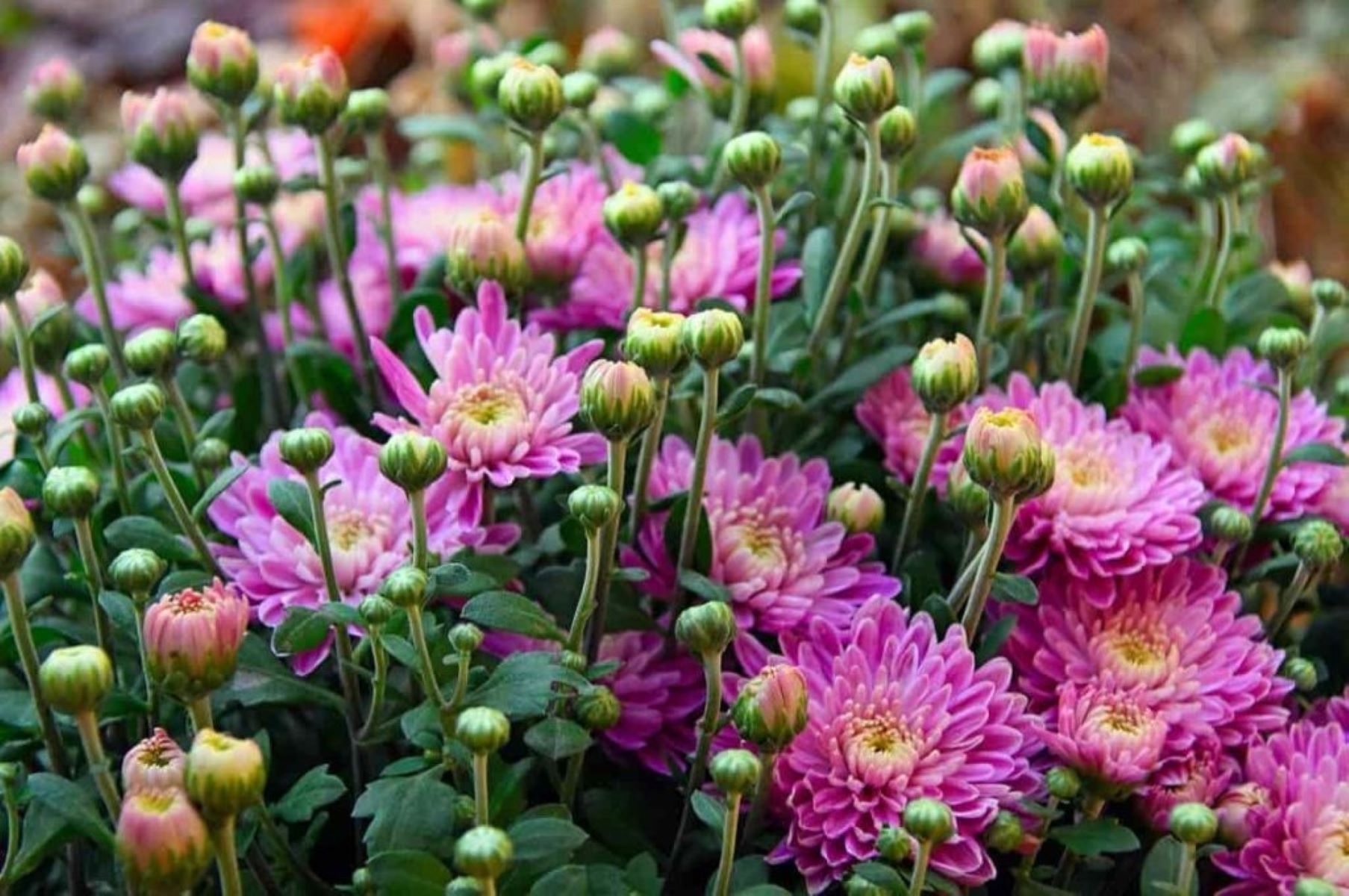

Plant Care & Gardening Tips
How To Make My Mums Bloom
Published: March 1, 2024
Discover expert plant care and gardening tips to help your mums bloom beautifully. Learn the best practices for nurturing your plants and creating a vibrant garden.
(Many of the links in this article redirect to a specific reviewed product. Your purchase of these products through affiliate links helps to generate commission for Storables.com, at no extra cost. Learn more)
Introduction
Mums, also known as chrysanthemums, are vibrant and versatile flowering plants that can bring a burst of color to any garden or outdoor space. These hardy perennials are favored by gardeners for their ability to bloom in the fall, adding a cheerful touch to the landscape as other plants begin to fade. Whether you're a seasoned gardener or just starting out, learning how to make your mums bloom can be a rewarding and enjoyable experience.
Understanding the unique needs of mum plants is essential for ensuring their health and vibrancy. From selecting the right location to providing proper care and maintenance, there are several key factors to consider when aiming to encourage abundant blooms. By delving into the intricacies of mum care, you can cultivate a deeper appreciation for these resilient and beautiful plants.
In this comprehensive guide, we will explore the various aspects of nurturing mum plants to promote optimal blooming. From choosing the ideal location and mastering the art of watering to implementing effective fertilization and pruning techniques, we will cover everything you need to know to help your mums thrive. Additionally, we will discuss strategies for addressing common pests and diseases that may affect mum plants, as well as tips for overwintering these perennials to ensure their longevity.
Whether you're looking to enhance your garden's visual appeal or simply seeking to elevate your gardening skills, the journey to making your mums bloom is filled with opportunities for learning and discovery. By immersing yourself in the world of mum care, you can unlock the secrets to cultivating a stunning display of vibrant blooms that will captivate and delight both you and your visitors. So, let's embark on this horticultural adventure and uncover the art of nurturing mums for a spectacular floral showcase.
Key Takeaways:
- To make your mums bloom, choose a sunny spot with well-drained soil, water carefully, and provide the right nutrients. Pruning and protecting from pests and diseases are also important for vibrant blooms.
- Overwintering mums in cold climates requires proper drainage, mulching, and occasional pruning. By understanding their needs, you can ensure a beautiful display of blooms in the next growing season.
Read more: Why Are My Potted Mums Not Blooming
Understanding Mum Plants
Mums, scientifically known as Chrysanthemums, are a beloved addition to many gardens due to their stunning array of colors and their ability to bloom in the fall, providing a burst of vibrancy as the seasons transition. These perennial plants are available in a wide range of shapes, sizes, and colors, making them a versatile choice for gardeners seeking to add visual interest to their outdoor spaces.
Understanding the unique characteristics of mum plants is crucial for successful cultivation. Mums thrive in well-drained soil and require ample sunlight to flourish. They belong to the Asteraceae family and are native to Asia and northeastern Europe. With their diverse range of colors, including shades of red, yellow, orange, pink, and white, mum plants offer an extensive palette for gardeners to work with, allowing for creative and visually appealing landscaping designs.
One of the key factors in understanding mum plants is recognizing their growth habits. Mums typically grow in a bushy, clump-forming manner, with some varieties reaching heights of up to three feet. Their foliage can vary from delicate and feathery to more robust and dense, adding texture and depth to garden beds and borders.
Furthermore, mums are classified into various categories based on their growth habits, such as cushion mums, garden mums, and Belgian mums. Each category offers distinct characteristics, including plant size, flower shape, and blooming time, providing gardeners with a wide selection to suit their specific preferences and gardening needs.
In addition to their aesthetic appeal, mum plants are known for their resilience and adaptability. They can withstand cooler temperatures, making them an excellent choice for fall and late-season gardening. With proper care and maintenance, mum plants can thrive for many years, rewarding gardeners with an annual display of stunning blooms.
By gaining a deeper understanding of mum plants, including their origins, growth habits, and diverse characteristics, gardeners can develop a greater appreciation for these resilient perennials. Armed with this knowledge, they can embark on the journey of nurturing mum plants to encourage healthy growth and abundant blooms, creating a visually captivating and dynamic garden landscape.
Choosing the Right Location
Selecting the ideal location for your mum plants is a critical step in ensuring their overall health and blooming success. Mums thrive in areas that receive ample sunlight, typically requiring at least six hours of direct sunlight per day. When choosing a location for your mum plants, it's essential to prioritize areas with sufficient sunlight exposure to promote robust growth and prolific blooming.
In addition to sunlight, the soil quality and drainage in the chosen location play a pivotal role in the well-being of mum plants. These perennials prefer well-drained soil that allows excess water to flow away from the roots, preventing waterlogging and potential root rot. Prior to planting, assess the soil composition in the selected area, ensuring it is loose, well-aerated, and capable of facilitating proper drainage.
Furthermore, consider the surrounding environment and potential microclimates within your garden or outdoor space. While mums are resilient plants, they can benefit from protection against strong winds, which may cause damage to their delicate foliage and flowers. Choosing a location shielded from harsh winds can help safeguard mum plants and maintain their structural integrity, allowing them to focus their energy on healthy growth and blooming.
When evaluating potential locations for your mum plants, take into account the visual impact of their blooms within the overall landscape. Consider incorporating mums into garden beds, borders, or containers, strategically placing them to complement existing plantings and create captivating visual displays. By carefully selecting the right location for your mum plants, you can set the stage for their flourishing growth and abundant blooming, enhancing the aesthetic appeal of your outdoor space.
In summary, choosing the right location for your mum plants involves prioritizing ample sunlight exposure, assessing soil quality and drainage, considering protection from strong winds, and strategically integrating them into your garden landscape. By paying attention to these key factors, you can create an optimal environment for your mum plants to thrive, ultimately leading to a spectacular showcase of vibrant blooms that will enrich your outdoor setting.
Providing Proper Watering
Proper watering is essential for the health and vitality of mum plants, playing a pivotal role in their ability to produce abundant blooms and maintain overall vigor. Understanding the specific watering needs of mums is crucial for ensuring optimal growth and flowering success.
Mum plants thrive in well-drained soil, and maintaining appropriate moisture levels is key to their well-being. When it comes to watering mums, it's important to strike a balance, as both overwatering and underwatering can have detrimental effects on these resilient perennials.
To determine the ideal watering frequency for your mum plants, consider factors such as weather conditions, soil composition, and the plant's stage of growth. During the initial establishment phase, newly planted mum seedlings or divisions require regular watering to encourage root development and acclimatization to their new environment. Providing consistent moisture during this critical period can set the foundation for healthy growth and future blooming.
As mum plants mature, it's essential to monitor soil moisture levels and adjust watering practices accordingly. During periods of prolonged dryness or high temperatures, mum plants may require more frequent watering to prevent soil dehydration and maintain adequate moisture levels. Conversely, in cooler or rainy conditions, it's important to scale back on watering to avoid waterlogged soil, which can lead to root suffocation and potential fungal issues.
When watering mum plants, aim to deliver moisture directly to the root zone, avoiding wetting the foliage to minimize the risk of disease development. Utilizing a soaker hose or drip irrigation system can provide targeted watering, ensuring that the roots receive the necessary hydration without unnecessary water wastage.
In addition to regular watering, mulching around mum plants can help conserve soil moisture, reduce weed competition, and provide insulation against temperature fluctuations. Applying a layer of organic mulch, such as shredded bark or compost, around the base of mum plants can contribute to a more consistent soil moisture environment, benefiting their overall health and blooming potential.
By prioritizing proper watering practices, gardeners can support the well-being of mum plants and create an environment conducive to prolific blooming. Understanding the nuanced watering needs of mums and implementing thoughtful watering strategies can contribute to the long-term success of these resilient perennials, ultimately yielding a stunning display of vibrant blooms that will enrich any garden or outdoor space.
Fertilizing for Blooms
Fertilizing plays a crucial role in promoting robust growth and abundant blooming in mum plants. By providing essential nutrients, gardeners can support the overall health and vitality of mums, enabling them to channel their energy into producing vibrant and long-lasting blooms.
When it comes to fertilizing mum plants, it's important to understand their specific nutritional requirements. A balanced fertilizer with a formulation such as 10-10-10 or 5-10-5 can provide the necessary blend of nitrogen, phosphorus, and potassium, essential for promoting healthy foliage growth and stimulating flower production. Additionally, incorporating micronutrients such as iron, magnesium, and calcium can further enhance the overall nutrient uptake and metabolic processes within mum plants, contributing to their blooming success.
The timing of fertilization is a critical consideration when aiming to maximize blooms in mum plants. Applying a slow-release or granular fertilizer in early spring, as new growth emerges, can provide a steady and sustained supply of nutrients throughout the growing season. This initial fertilization supports the development of strong and healthy foliage, setting the stage for robust flowering later in the season.
As mum plants transition into the budding and blooming phase, a second round of fertilizer application can be beneficial in sustaining their blooming potential. Choosing a fertilizer with a higher phosphorus content, such as a formulation of 15-30-15, can specifically encourage flower bud formation and enhance the vibrancy of the blooms. Applying this bloom-boosting fertilizer during the early stages of bud development can fortify the plants with the necessary nutrients to support prolific flowering.
In addition to traditional granular fertilizers, liquid fertilizers can offer a convenient and efficient means of delivering nutrients directly to mum plants. Diluting a liquid fertilizer according to the manufacturer's instructions and applying it to the soil around the base of the plants can provide a quick nutrient boost, particularly during periods of active growth and blooming.
Furthermore, organic fertilizers, such as compost or well-decomposed manure, can enrich the soil with natural nutrients and improve its overall structure. Incorporating organic matter into the soil around mum plants can enhance microbial activity, promote nutrient retention, and foster a healthy root environment, ultimately contributing to the plants' blooming vigor.
By understanding the nuanced approach to fertilizing mum plants and implementing targeted fertilization strategies, gardeners can optimize the blooming potential of these resilient perennials. Providing the right balance of nutrients at key growth stages can empower mum plants to produce an impressive display of vibrant and long-lasting blooms, elevating the visual appeal of any garden or outdoor setting.
Read more: How To Keep Your Mums Blooming
Pruning and Deadheading
Pruning and deadheading are essential practices for maintaining the health, appearance, and blooming performance of mum plants. By understanding the principles of pruning and deadheading, gardeners can effectively manage the growth of mum plants and encourage the continuous production of vibrant blooms.
Pruning Techniques
Pruning mum plants involves the strategic removal of specific plant parts, such as stems, branches, or foliage, to promote desirable growth patterns and overall plant health. When it comes to mums, regular pruning can help maintain a compact and bushy growth habit, prevent overcrowding, and stimulate the development of new flowering shoots.
In early spring, as new growth emerges, gardeners can initiate pruning by trimming back the stems of overwintered mum plants to encourage branching and promote a more robust and uniform growth structure. This initial pruning helps redirect the plant's energy towards producing healthy foliage and sets the stage for prolific blooming later in the season.
Throughout the growing season, periodic pruning of mum plants can help manage their overall shape and size, prevent leggy growth, and enhance air circulation around the foliage, reducing the risk of disease development. By selectively removing spent blooms, damaged foliage, or overcrowded stems, gardeners can maintain the plants' vigor and encourage the continuous production of new flower buds.
Deadheading Practices
Deadheading, the process of removing spent or faded flowers, is a fundamental practice for extending the blooming period of mum plants and promoting the development of new flower buds. By promptly deadheading spent blooms, gardeners can redirect the plant's energy from seed production towards the formation of new flower buds, resulting in a prolonged and abundant blooming display.
To deadhead mum plants, simply snip off the faded flowers along with a portion of the stem directly below the spent bloom. This process prevents the formation of seed heads and encourages the plants to allocate resources towards generating new flower buds, thereby prolonging the blooming period and maintaining the plants' visual appeal.
By incorporating regular pruning and deadheading into the care routine for mum plants, gardeners can actively manage their growth and blooming patterns, resulting in healthier, more vibrant, and longer-lasting blooms. These practices not only contribute to the overall aesthetic appeal of mum plants but also support their long-term vitality, ensuring a visually captivating and dynamic garden landscape.
In summary, mastering the art of pruning and deadheading is a valuable skill for gardeners seeking to maximize the blooming potential of mum plants. By implementing these techniques with care and precision, gardeners can nurture healthy, robust, and visually stunning mum plants that will enrich any garden or outdoor space.
Dealing with Pests and Diseases
Maintaining the health and vitality of mum plants involves proactive measures to address potential threats from pests and diseases. By understanding common issues that may affect mum plants and implementing effective pest and disease management strategies, gardeners can safeguard the well-being of these resilient perennials and promote optimal blooming.
Read more: How Long Do Mums Bloom
Identifying Common Pests
Mum plants are susceptible to infestations from various pests, including aphids, spider mites, and caterpillars. Aphids, small sap-sucking insects, can cluster on the undersides of leaves, causing distortion and yellowing of foliage. Spider mites, tiny arachnids, can create fine webbing and feed on plant juices, leading to stippled and discolored leaves. Caterpillars, the larval stage of moths and butterflies, can consume foliage, resulting in visible damage and reduced plant vigor.
Implementing Pest Management
To combat pest infestations, gardeners can employ several strategies, including regular inspection of plants for early pest detection, physical removal of pests by handpicking or spraying with a strong stream of water, and the use of insecticidal soaps or horticultural oils to control aphids and spider mites. Additionally, introducing beneficial insects, such as ladybugs and lacewings, can help naturally regulate pest populations, contributing to a balanced and sustainable garden ecosystem.
Addressing Common Diseases
Mum plants may also encounter diseases such as powdery mildew, gray mold (Botrytis), and leaf spot. Powdery mildew, characterized by a white powdery coating on leaves, can hinder photosynthesis and weaken the plants. Gray mold, a fungal disease, thrives in humid conditions and can cause rapid decay of plant tissues. Leaf spot, caused by various fungi, results in dark lesions on foliage, impacting the overall health and appearance of mum plants.
Disease Prevention and Control
Preventative measures, including proper plant spacing to promote air circulation, avoiding overhead watering to minimize moisture on foliage, and removing and disposing of infected plant debris, can help mitigate the risk of disease development. Applying fungicidal treatments, such as sulfur-based sprays or copper fungicides, can aid in controlling powdery mildew and gray mold. Furthermore, practicing good garden hygiene and maintaining overall plant health through proper watering and fertilization can bolster mum plants' natural defenses against diseases.
By remaining vigilant and proactive in addressing potential pest and disease issues, gardeners can create a resilient and thriving environment for mum plants, ensuring their ability to produce abundant and healthy blooms. Through a combination of preventative measures, early detection, and targeted interventions, gardeners can effectively manage pest and disease challenges, ultimately fostering the long-term success and blooming potential of mum plants.
Read more: What To Do With Mums After They Bloom
Overwintering Mums
Overwintering mums, also known as chrysanthemums, is a crucial aspect of their care, particularly in regions with cold winters. Successfully overwintering mums ensures their survival and sets the stage for a robust blooming display in the following growing season. By understanding the specific needs of mum plants during the winter months and implementing appropriate protective measures, gardeners can safeguard the plants and promote their long-term health and vitality.
As fall transitions into winter, mum plants undergo a period of dormancy, during which they conserve energy and prepare for the colder months ahead. To support mum plants through this dormant phase, it's essential to provide adequate protection from freezing temperatures and harsh environmental conditions. One of the primary considerations for overwintering mums is to ensure they are planted in well-drained soil. Excess moisture around the roots can lead to rot and other cold-related issues, so proper drainage is crucial.
In regions where winter temperatures consistently drop below freezing, applying a layer of mulch around the base of mum plants can offer insulation and protection. Organic mulch, such as straw or shredded leaves, helps regulate soil temperature, minimizes temperature fluctuations, and reduces the risk of frost damage to the plants' root systems. Additionally, mulch serves as a protective barrier against extreme weather conditions, shielding the plants from the potential impact of freezing and thawing cycles.
In colder climates, gardeners may opt to overwinter mum plants in containers, allowing for greater flexibility in protecting them from harsh winter conditions. Container-grown mums can be moved to sheltered areas, such as unheated garages or covered porches, to shield them from freezing temperatures and excessive moisture. Ensuring adequate airflow around the containers and monitoring soil moisture levels are essential practices for successfully overwintering mums in containers.
Furthermore, pruning mum plants in late fall, after the first frost, can help tidy up the foliage and prepare the plants for winter dormancy. Trimming back the stems to a few inches above the soil level can promote a more compact growth habit and reduce the risk of winter damage to the plants' structure. However, it's important to avoid heavy pruning, as mum plants benefit from retaining some foliage to aid in winter protection.
By taking proactive steps to overwinter mum plants, gardeners can safeguard their investment and set the stage for a successful return of vibrant blooms in the following growing season. With thoughtful planning and protective measures, mum plants can weather the winter months and emerge with renewed vigor, ready to delight with their colorful display once again.
To make your mums bloom, make sure they are planted in well-draining soil, receive at least 6 hours of sunlight, and are watered regularly. Additionally, deadhead faded blooms to encourage new growth.
Conclusion
In conclusion, mastering the art of nurturing mum plants to encourage abundant blooms is a fulfilling and rewarding endeavor for gardeners of all levels of experience. By delving into the intricacies of mum care, from selecting the ideal location and providing proper watering to implementing effective fertilization and pruning techniques, gardeners can unlock the secrets to cultivating a stunning display of vibrant blooms that will captivate and delight both themselves and their visitors.
Understanding the unique needs of mum plants is essential for ensuring their health and vibrancy. These hardy perennials, also known as chrysanthemums, offer a vibrant array of colors and shapes, making them a versatile choice for gardeners seeking to add visual interest to their outdoor spaces. With their resilience and adaptability, mum plants can withstand cooler temperatures, making them an excellent choice for fall and late-season gardening.
Choosing the right location for mum plants involves prioritizing ample sunlight exposure, assessing soil quality and drainage, considering protection from strong winds, and strategically integrating them into the garden landscape. By paying attention to these key factors, gardeners can create an optimal environment for their mum plants to thrive, ultimately leading to a spectacular showcase of vibrant blooms that will enrich their outdoor setting.
Proper watering, fertilization, pruning, and deadheading are essential practices for maintaining the health, appearance, and blooming performance of mum plants. By understanding the nuanced approach to these essential care tasks and implementing targeted strategies, gardeners can optimize the blooming potential of these resilient perennials, resulting in healthier, more vibrant, and longer-lasting blooms.
Furthermore, addressing potential threats from pests and diseases and effectively managing them through proactive measures can safeguard the well-being of mum plants and promote optimal blooming. By remaining vigilant and proactive in addressing these challenges, gardeners can create a resilient and thriving environment for mum plants, ensuring their ability to produce abundant and healthy blooms.
Finally, overwintering mum plants is a crucial aspect of their care, particularly in regions with cold winters. By understanding the specific needs of mum plants during the winter months and implementing appropriate protective measures, gardeners can safeguard the plants and promote their long-term health and vitality, ensuring a successful return of vibrant blooms in the following growing season.
In essence, the journey to making mum plants bloom is filled with opportunities for learning and discovery. By immersing oneself in the world of mum care, gardeners can unlock the secrets to cultivating a stunning display of vibrant blooms, ultimately creating a visually captivating and dynamic garden landscape that will enrich any outdoor space.
Frequently Asked Questions about How To Make My Mums Bloom
Was this page helpful?
At Storables.com, we guarantee accurate and reliable information. Our content, validated by Expert Board Contributors, is crafted following stringent Editorial Policies. We're committed to providing you with well-researched, expert-backed insights for all your informational needs.
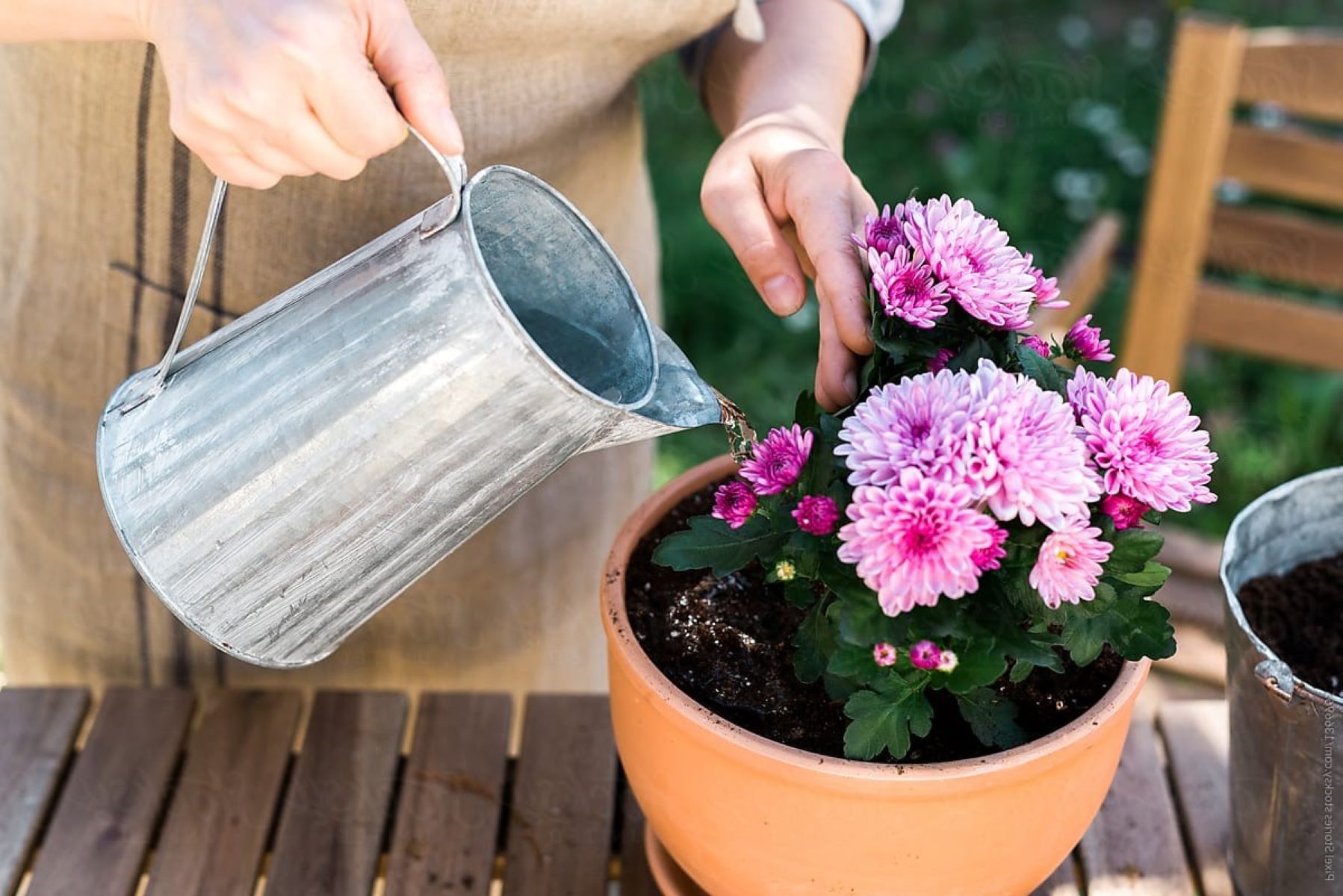
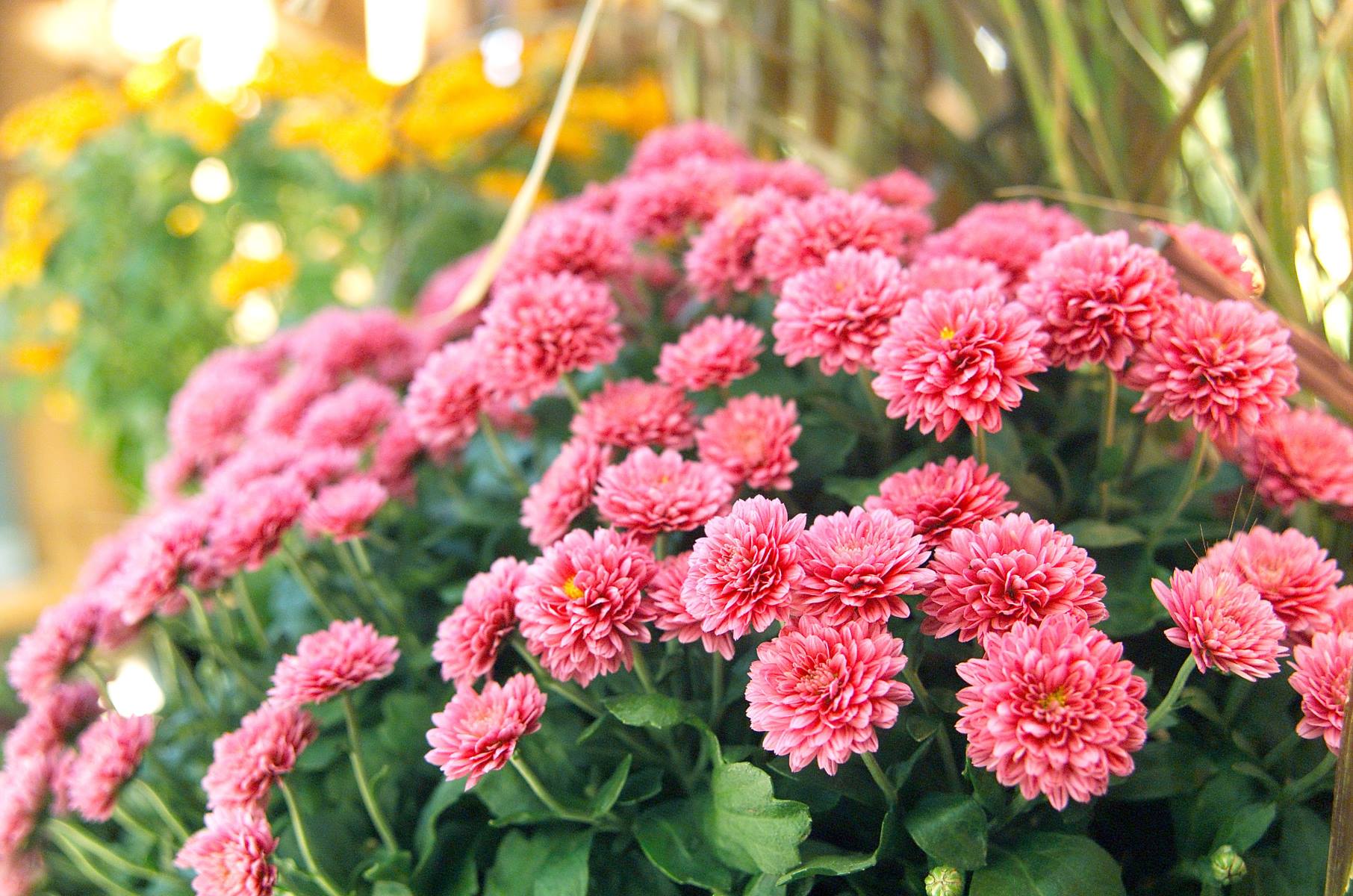
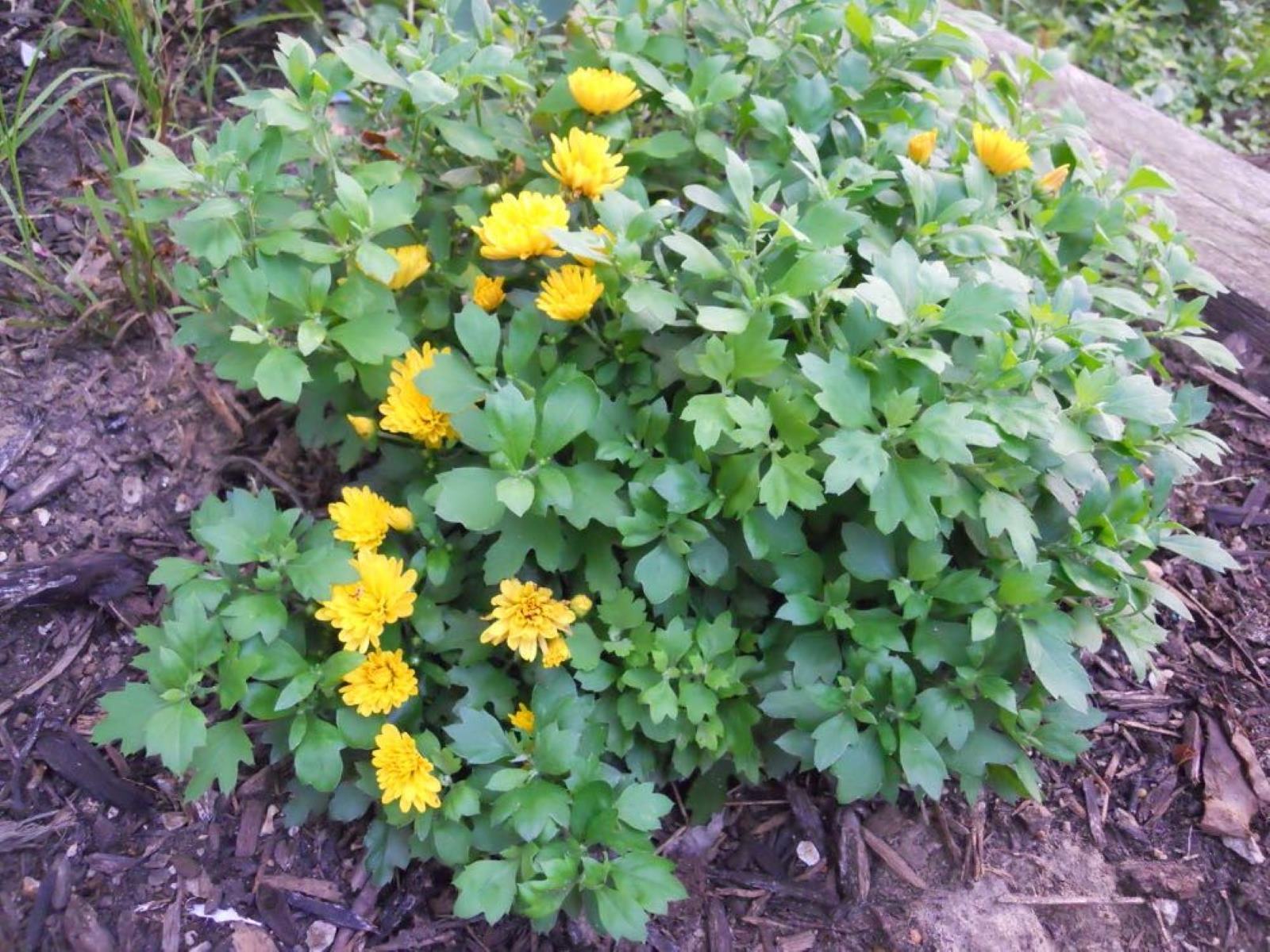
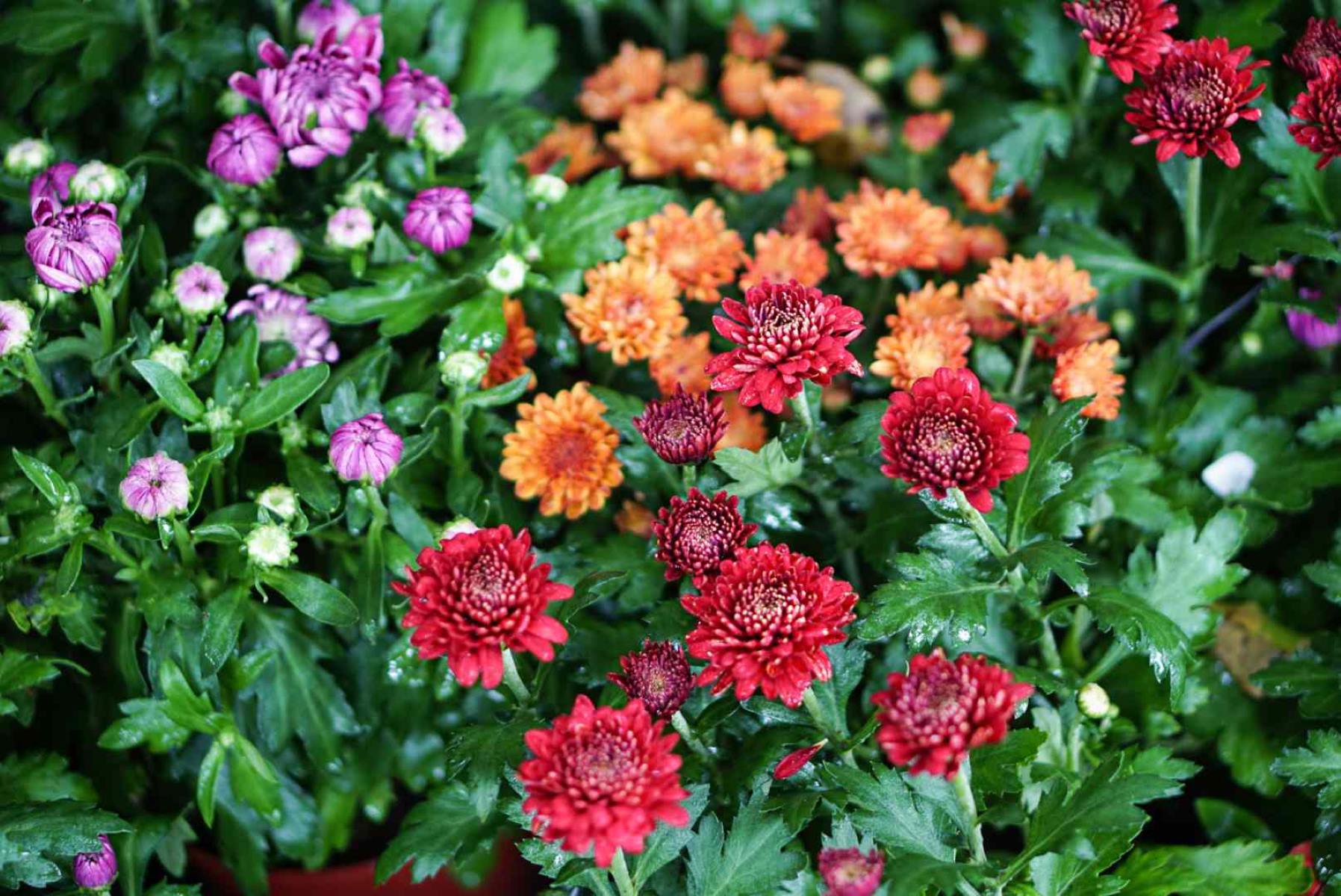
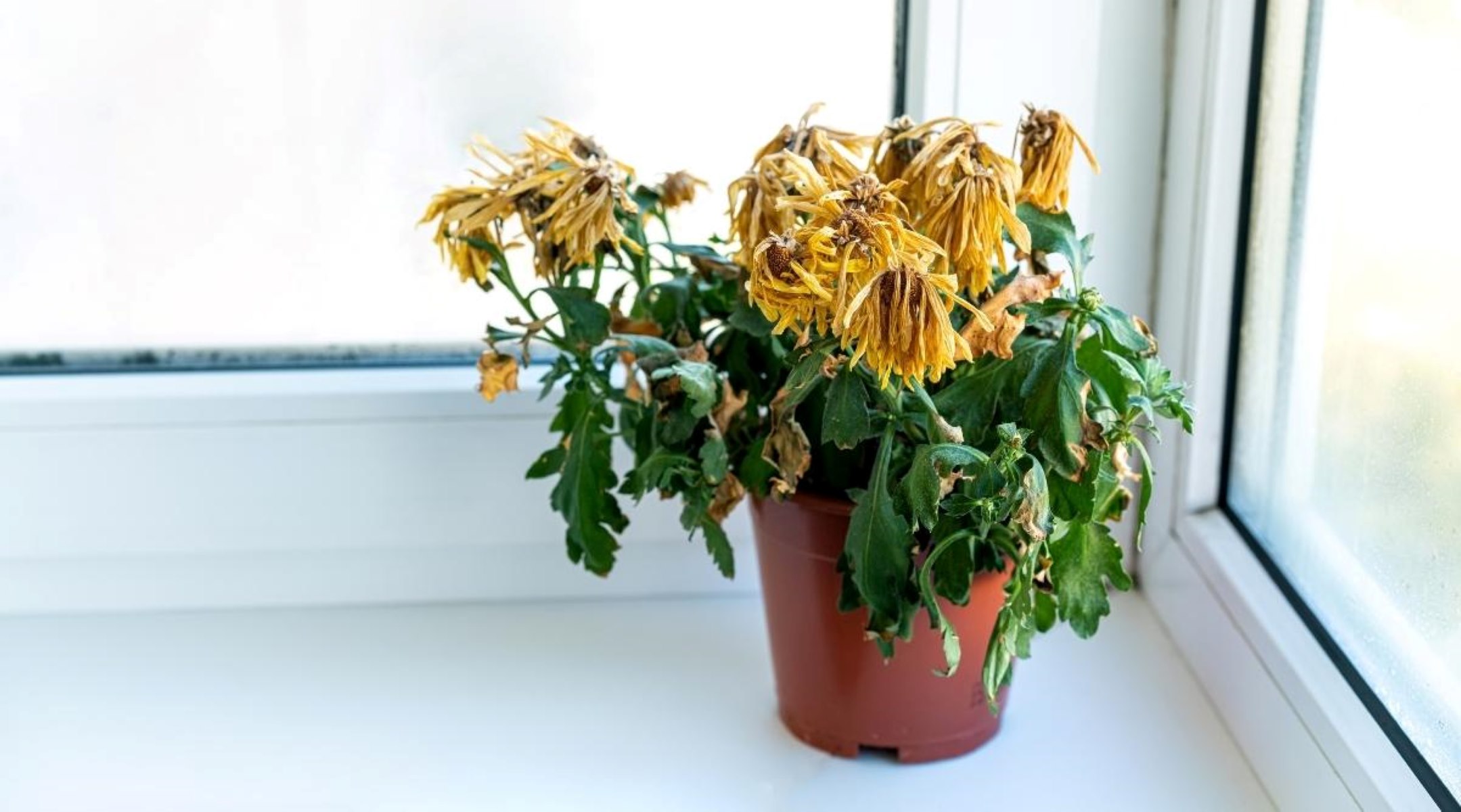
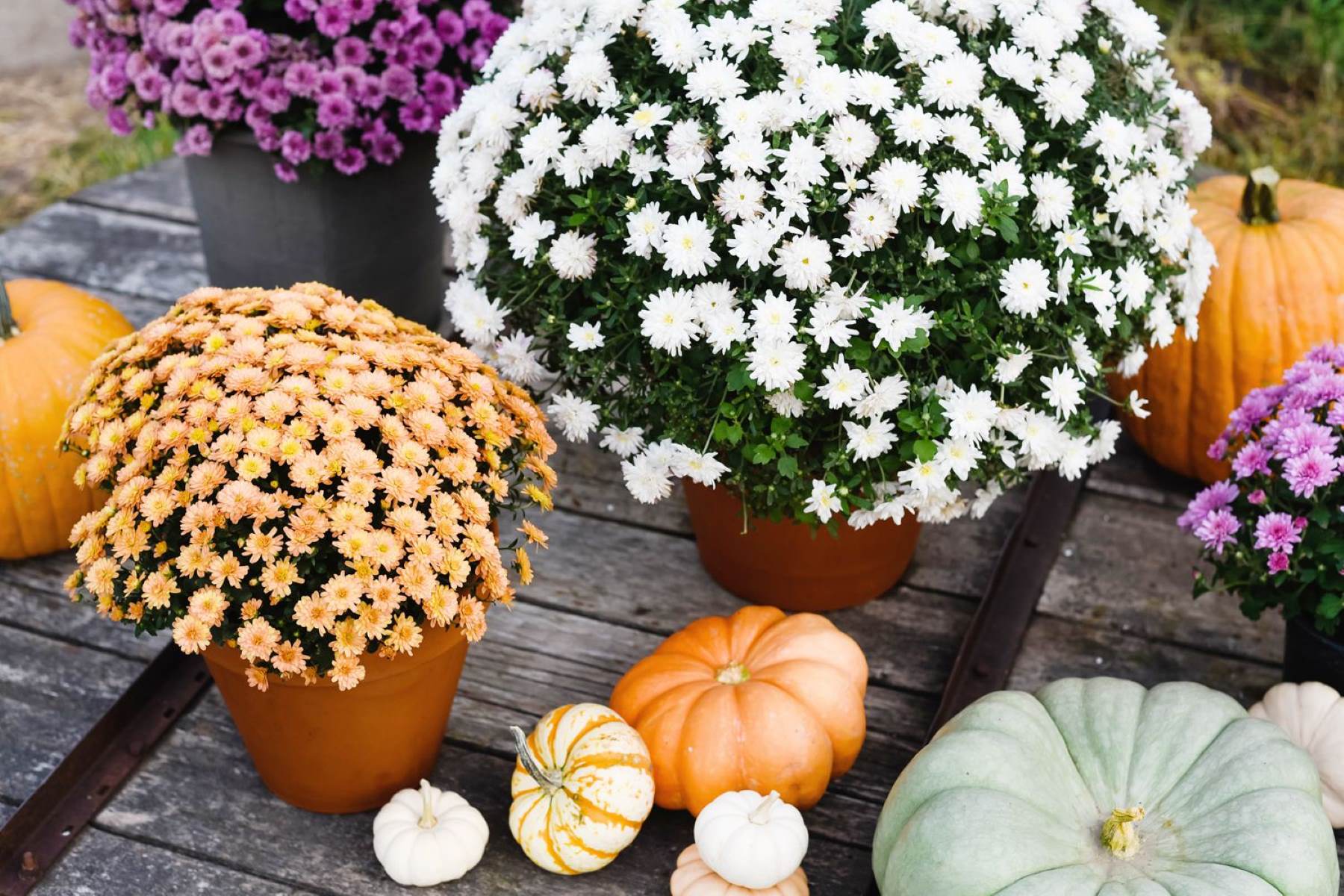
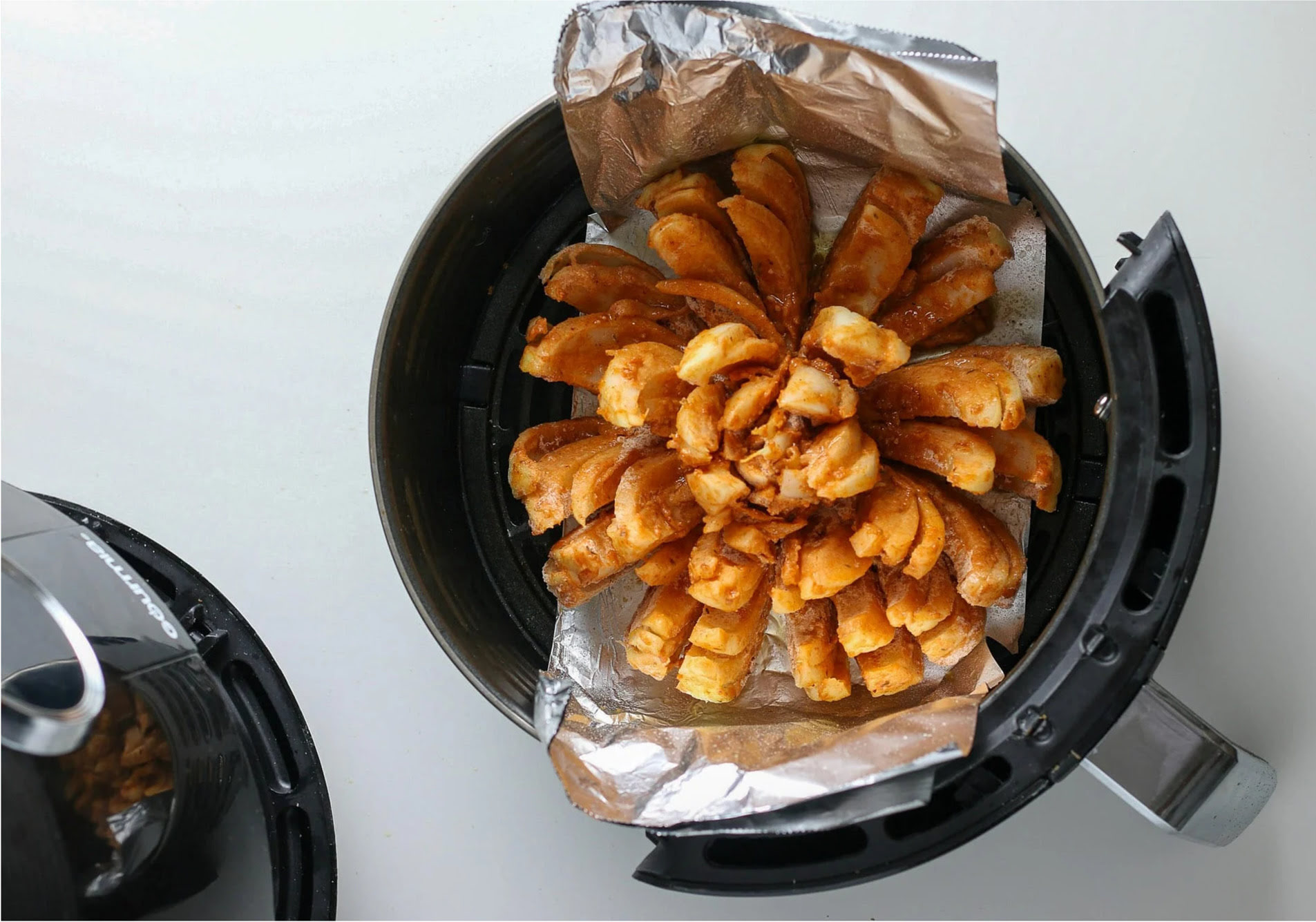


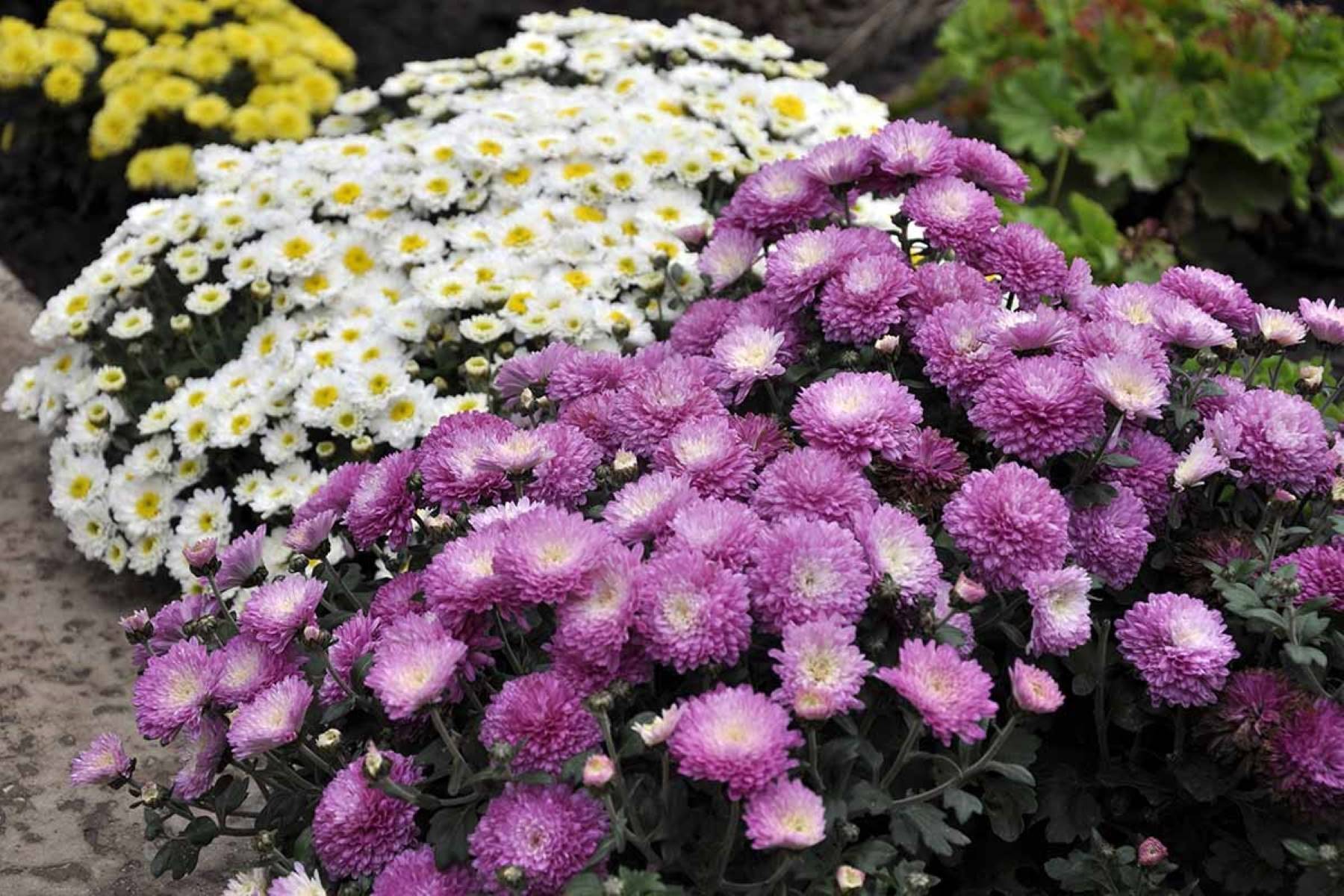
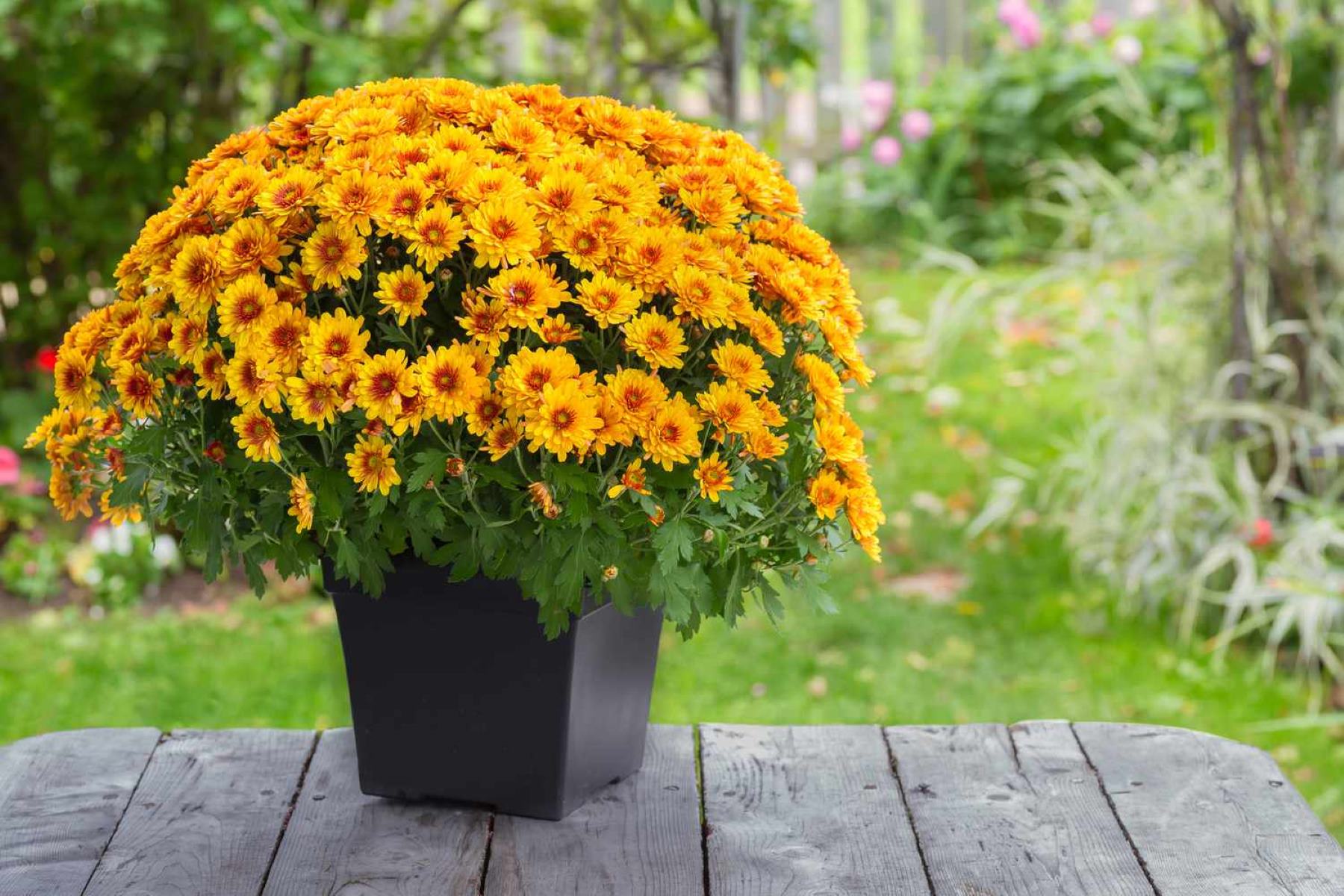
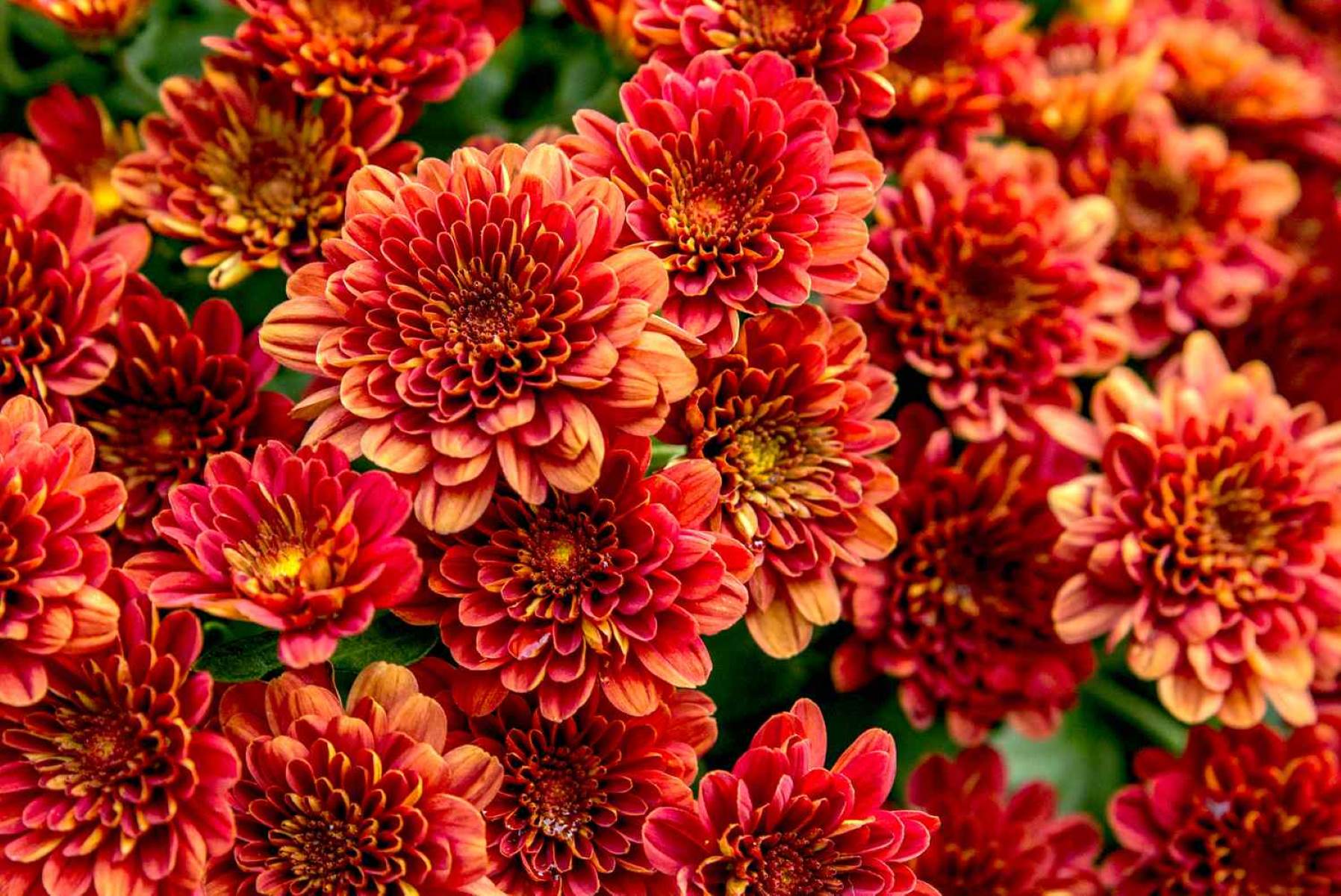

0 thoughts on “How To Make My Mums Bloom”